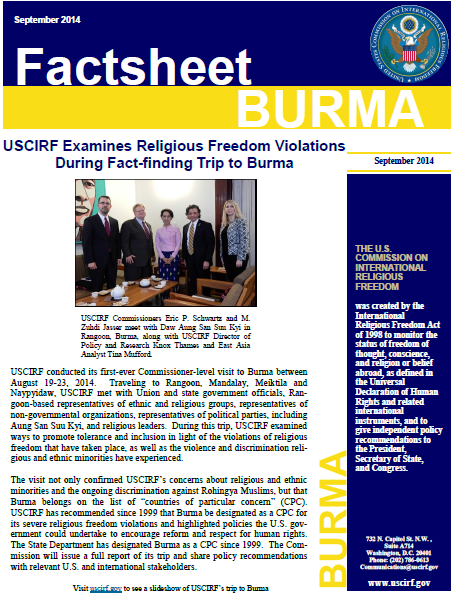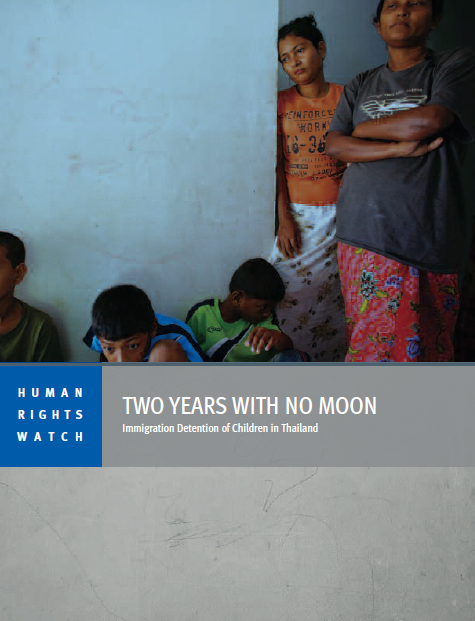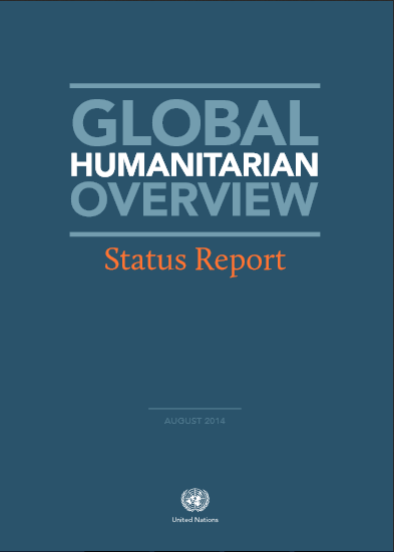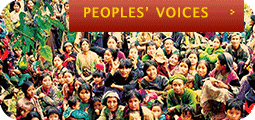Posts Tagged ‘Muslims’ (100 found)
Burma/Myanmar: Sentencing of Mr. Kyaw Hla Aung
The Observatory for the Protection of Human Rights Defenders, a joint programme of the International Federation for Human Rights (FIDH) and the World Organisation Against Torture (OMCT), requests your urgent intervention in the following situation in Burma/Myanmar […]
• • •Myanmar: UN Chief Urges Country to Move beyond ‘Narrow Agendas’ and towards Cooperation
Myanmar has shown progress in areas of socio-economic development, national reconciliation and democratization, Secretary-General Ban Ki-moon confirmed today, while also warning that the Asian country still faced “critical hurdles” as it approached its impending elections […]
• • •BMA Vehemently Condemn the Statement of Al Qaeda Leader
Burmese Muslim Association vehemently condemns the statement of the Al-Qaeda leader who threatened Burma in his latest video. BMA also condemn the terrorist group called, ISIS–Islamic State of Iraq and Syria, whose inhumane actions are totally contrary to Islamic beliefs and teachings. The marginalised minority Muslims in Burma will never accept any help from a terrorist organisation, which is in principle a disgrace and morally repugnant […]
• • •Burma: USCIRF Examines Religious Freedom Violations During Fact-finding Trip to Burma
 USCIRF conducted its first-ever Commissioner-level visit to Burma between August 19-23, 2014. Traveling to Rangoon, Mandalay, Meiktila and Naypyidaw, USCIRF met with Union and state government officials, Ran-goon-based representatives of ethnic and religious groups, representatives of non-governmental organizations, representatives of political parties, including Aung San Suu Kyi, and religious leaders. During this trip, USCIRF examined ways to promote tolerance and inclusion in light of the violations of religious freedom that have taken place, as well as the violence and discrimination reli-gious and ethnic minorities have experienced.
USCIRF conducted its first-ever Commissioner-level visit to Burma between August 19-23, 2014. Traveling to Rangoon, Mandalay, Meiktila and Naypyidaw, USCIRF met with Union and state government officials, Ran-goon-based representatives of ethnic and religious groups, representatives of non-governmental organizations, representatives of political parties, including Aung San Suu Kyi, and religious leaders. During this trip, USCIRF examined ways to promote tolerance and inclusion in light of the violations of religious freedom that have taken place, as well as the violence and discrimination reli-gious and ethnic minorities have experienced.
The visit not only confirmed USCIRF’s concerns about religious and ethnic minorities and the ongoing discrimination against Rohingya Muslims […]
• • •Two Years With No Moon: Immigration Detention of Children in Thailand
Every year, Thailand arbitrarily detains thousands of children, from infants and toddlers and older, in squalid immigration facilities and police lock-ups. Around 100 children—primarily from countries that do not border Thailand—may be held for months or years. Thousands more children—from Thailand’s neighboring countries—spend less time in this abusive system because Thailand summarily deports them and their families to their home countries relatively quickly. For them, detention tends to last only days or weeks.
But no matter how long the period of detention, these facilities are no place for children.
Drawing on more than 100 interviews, including with 41 migrant children, documenting conditions for refugees and other migrants in Thailand, this report focuses on how the Thai government fails to uphold migrants’ rights, describing the needless suffering and permanent harm that children experience in immigration detention. It examines the abusive conditions children endure in detention centers, particularly in the Bangkok Immigration Detention Center (IDC), one of the most heavily used facilities in Thailand […]
• • •Dispatches: What Burma’s Census Missed
The preliminary results of Burma’s first nationwide census since 1983 were released in Rangoon last Saturday, providing an answer to the vexing question of the actual population, estimates of which varied between 44 to 59 million for a decade. The new tally (minus some low-population areas of northern Karen State and Kachin State not included because of security concerns) is 51.4 million […]
• • •Thailand: Migrant Children Locked Up
Thailand holds thousands of migrant children in detention each year, causing them physical and emotional harm, Human Rights Watch said in a report released today. Child migrants and asylum seekers are unnecessarily held in squalid immigration facilities and police lock-ups due to their immigration status or that of their parents […]
• • •Myanmar/Burma: Sustained EU Engagement at UN Critical to Support Human Rights Reforms
Amnesty International, FIDH (the International Federation for Human Rights), and its member organization, the Alternative ASEAN Network on Burma (ALTSEAN-Burma) today call on the European Union (EU) and its member states to ensure continued international engagement on the human rights situation in Burma by again introducing a resolution on the country at the upcoming United Nations General Assembly (UNGA) in October 2014. A failure to retain a robust UNGA resolution on Burma would endanger progress on human rights, which has increasingly come under threat this year […]
• • •Global Humanitarian Overview – Status Report
2014 has seen a major surge in humanitarian crises around the world. Inter-agency strategic response and regional response plans now target over 76 million people in thirty-one countries compared to 52 million in December 2013. 102 million people are estimated to be in need of humanitarian assistance compared to 81 million in December 2013. Global financial requirements to cover humanitarian needs rose from US$12.9 billion in 2013 to $17.3 billion now. More and more crises are having a regional impact with a spill-over effect on countries which are already fragile.
Five crises have been classified by Principals of the Inter-Agency Standing Committee as “L3 emergencies”. L3s are considered to be the highest level of crisis requiring sustained, top level, system-wide support focused on leadership and coordination to improve the effectiveness of humanitarian response efforts. The response to Typhoon Haiyan in the Philippines was declared an L3 emergency in November. An estimated 11.3 million people in nine regions of the Philippines were affected by Typhoon Haiyan. At least 6,201 people were killed and the force of the storm caused widespread destruction of homes and infrastructure in many towns […]
• • •Statement on USCIRF Visit to Burma
This is our first Commissioner-level visit to the country. We have had meetings with Union and state government officials, Rangoon-based representatives of ethnic and religious groups, representatives of non-governmental organizations, representatives of political parties, including Aung San Suu Kyi, and religious leaders. We traveled to Rangoon, Mandalay, Meiktila, and Naypyidaw. In Meiktila, we welcomed the chance to visit camps for persons from both the Muslim and Buddhist communities who were displaced by spasms of violence in March 2013 […]
• • •










 All posts
All posts